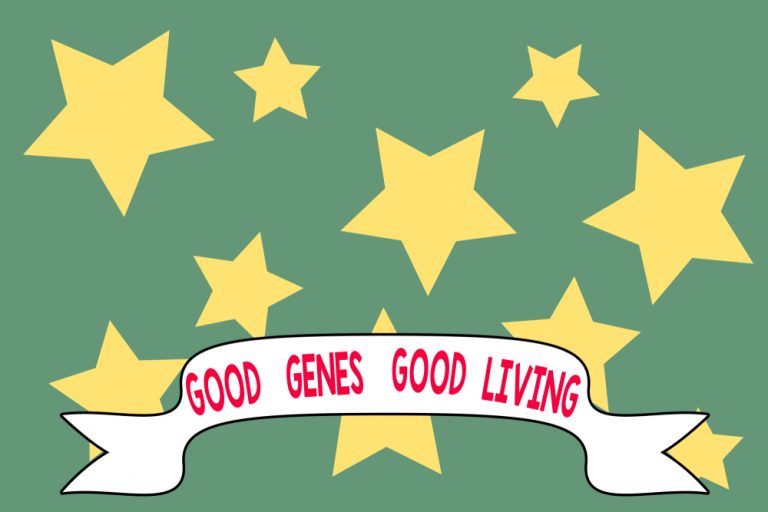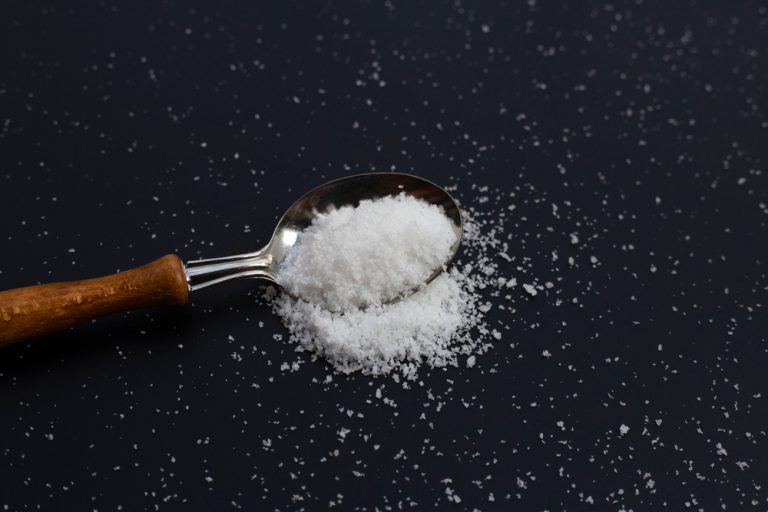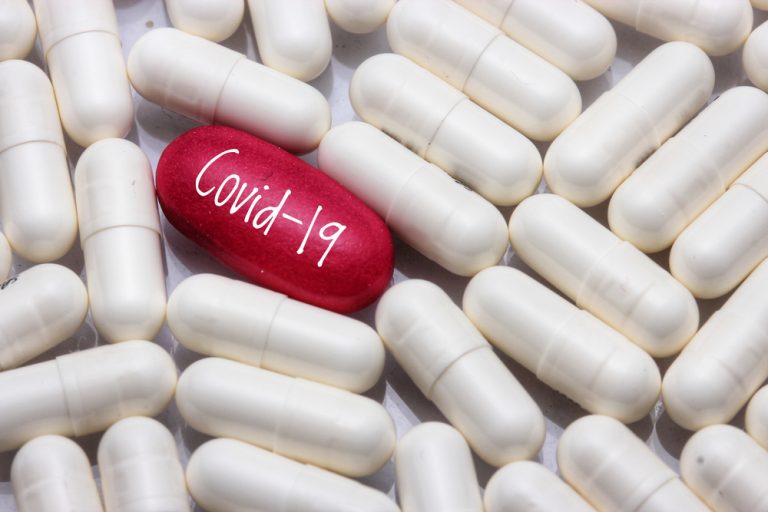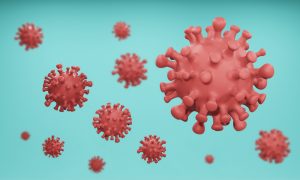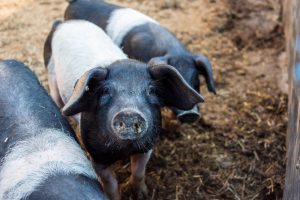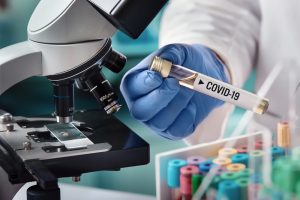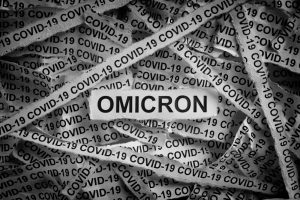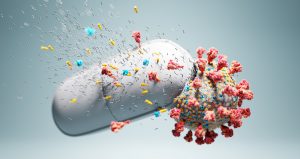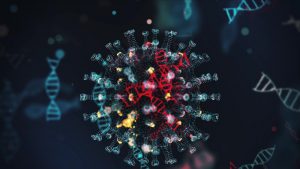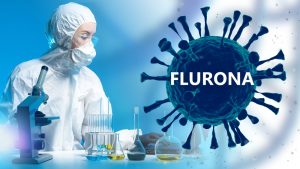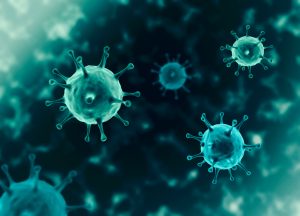A team of Italian scientists made an interesting discovery and announced the existence of two new cannabinoids found in marijuana. First of all, you should know Cannabis sativa produces more than 400 chemicals.
Tetrahydrocannabiphorol (THCP) has roughly the same structure as tetrahydrocannabinol (THC). Although THC is the one that gets you high, THCP is reportedly 30 times more potent. In a pharmacological test, THCP “induced hypomotility, analgesia, catalepsy and decreased rectal temperature.”
Nevertheless, researchers don’t know for sure if THCP is psychoactive or if it has the same hallucinating effects as THC. But it seems to be more active than THC at lower doses administered to mice.
The medicinal aspects of THC
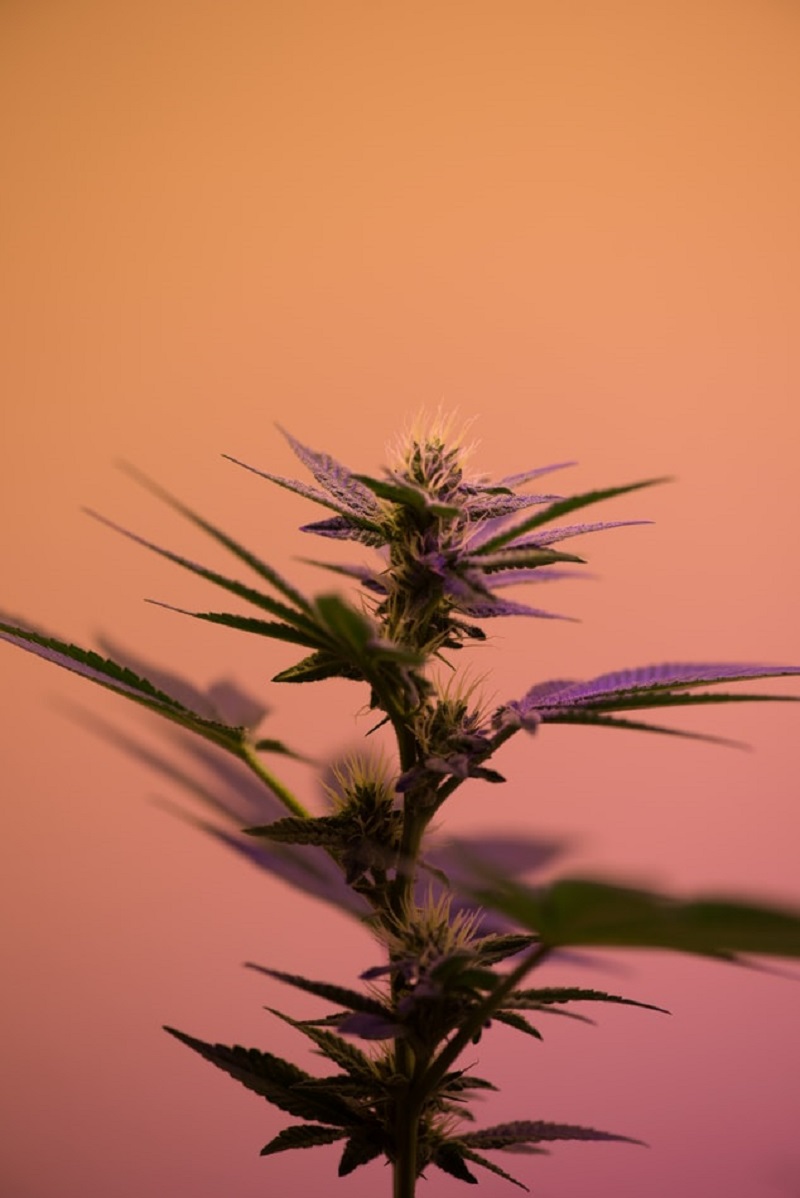
The discovery of THCP could also clarify the fluctuation in getting high. As a matter of fact, smoking different marijuana blends can give different feelings. It could go even further and explain the medicinal aspects of THC, which is used to treat appetite loss.
“A growing body of literature provides real evidence of the pharmacological potential of cannabis and cannabinoids. It’s on a wide range of disorders from sleep to anxiety, multiple sclerosis, autism, and neuropathic pain,” write the authors.
The Italian scientists also added the following information. They expect THCP to be endowed with “an even higher binding affinity for the CB1 receptor and greater cannabimimetic activity.”
Cannabis flowers produce hundreds of chemicals, but only 60 of them are cannabinoids. Although few cannabinoids are studied, many can have medical applications. Let’s take Tetrahydrocannabivarin for example.
This compound can keep obesity under control because it can reduce glucose levels. But THCV concentrations in most cannabis strains are so small that smoking a joint every day won’t prevent diabetes.
Cannabis can cure glaucoma and epilepsy
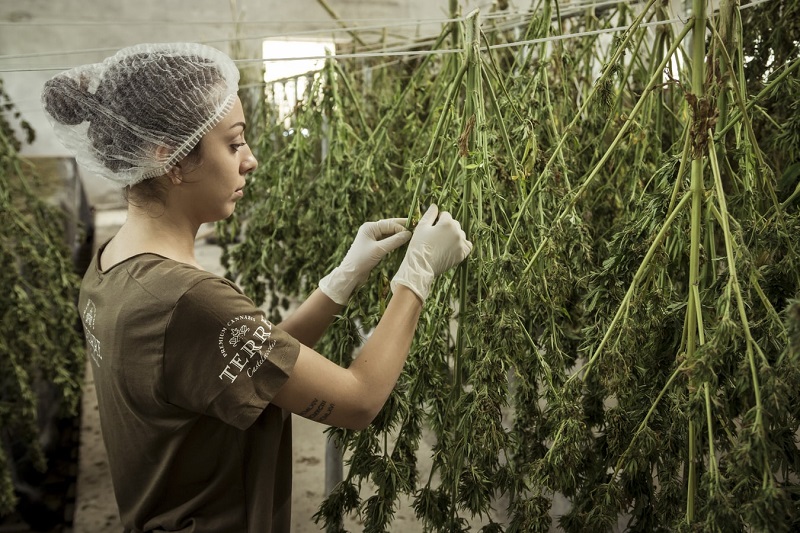
By the same token, cannabis Sativa can also have positive effects on other health issues like glaucoma and epilepsy. It provides an “invaluable source of nutrients,” and it’s an environmentally friendly material for producing textiles.
This plant can make at least 150 organic molecules known as phytocannabinoids. Most of them, including THC and CBD, have never been isolated or characterized until now. THC was the only one known to get a person high.
THCP and CBDP levels were very low in the strains tested, but the researchers made an important observation. It seems that other breeds of cannabis may consist of higher traces of the compounds.
THCP and CBDP have to be determined for a proper evaluation
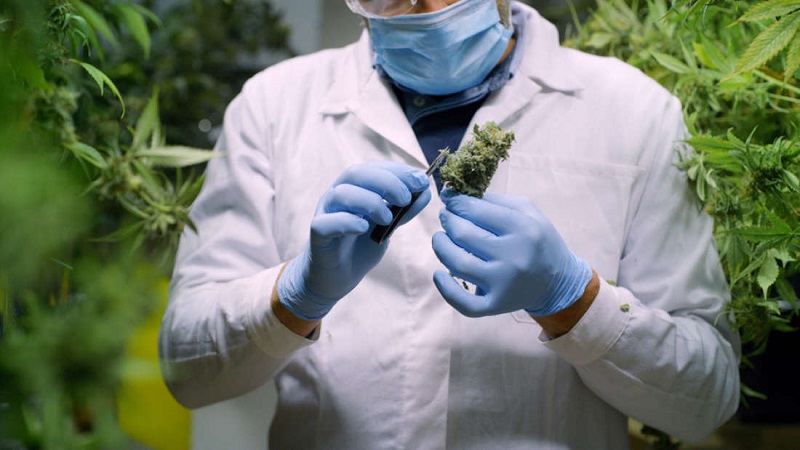
“In our opinion, this compound should be included in the list of the main phytocannabinoids. It has to be determined for a correct evaluation of the pharmacological effect of the cannabis extracts administered to patients.
In fact, we believe that the discovery of an extremely potent THC-like phytocannabinoid may shed light on several pharmacological effects. Even if they are not ascribable solely to THC,” note the authors.
This study demonstrates how much more we have to learn about marijuana. Unfortunately, the research was restrained due to marijuana’s status as an illegal drug in most of the world. Illegal drugs are high-priced to study and a lot of weed available for study is low quality.

